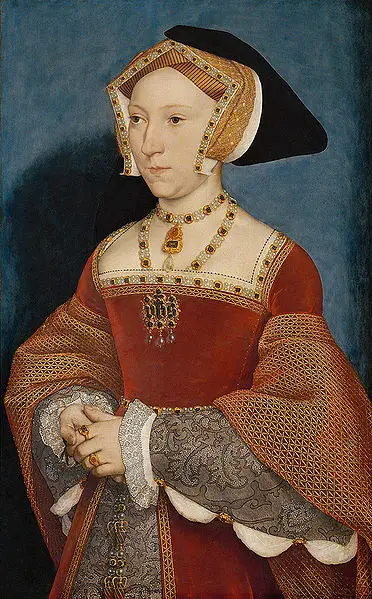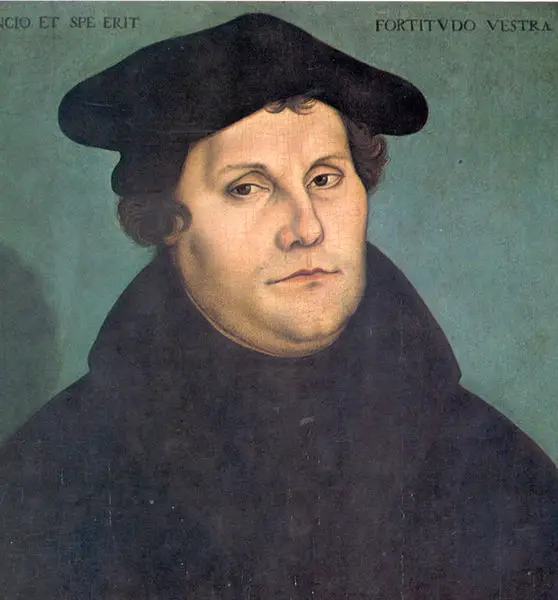
The Charity of St. Martin by Jean Fouquet
Happy Martinmas!
Martinmas was the feast day of St Martin of Tours. One story about him tells of how, when he was about eighteen years of age, he cut his woollen cloak in half with his sword and gave half to a beggar to keep him warm. He then had a dream where he saw Christ surrounded by angels and wearing the half of the cloak that Martin had given to the beggar. Christ then turned to his angels and said, "Martin, as yet only a catechumen, has covered me with his cloak." This dream caused Martin to be baptised and to give his life to God as a monk.
In medieval and Tudor times, Martinmas was the traditional day for slaughtering livestock such as geese and pigs. The Tudor Monastery Farm team explain: "This served two purposes. It took the strain off of the farms in trying to keep alive large animal stocks and it ensured a good source of meat throughout the winter months." It wasn't just farms that would keep and slaughter animals, it was common for families to have a family pig that would be killed at Martinmas and the meat salted to preserve it. The goose would have been enjoyed roasted.
You can read more on our November Feast Days page.
Of course, today in many countries is also Armistice Day, the day which marks the armistice signed between Germany and the Allies of the First World War at Compiègne, France. The war officially ended at the eleventh hour of the eleventh day of the eleventh month of 1918, and many countries that were involved in the war observe a two minute silence at 11am on 11th November to remember those who have lost their lives in conflicts and the loved ones who grieve for them.
They shall grow not old, as we that are left grow old:
Age shall not weary them, nor the years condemn.
At the going down of the sun and in the morning
We will remember them.
(from For the Fallen by Laurence Binyon)



Thanks to all that fought in the wars because of them I will alway be free. I have freedom in my actions and in my voice
We must always remember for years
In my village in the West of Ireland, a WWI survivor was my friend and neighbour.
I was young and he was old but no matter how small was the chore he asked me to do for him he gave me a halfcrown which was very generous in the early 60’s.
I remember there was a hole in the bicep muscle of his left arm which was put there by a passing German bullet.
He was in the Irish Guards and was awarded a medal for bravery but I don’t think it was the VC.
He subsequently got involved in the Irish Independence movement.
He was a credit to all soldiers and held no grudges – not even against the Germans.